Tribulations Herculean and Tragic: Beyond Wizardwall by Janet Morris
Woe betide the soul who loves too much, wants too much, dares too much.
I finish my reviews of the 5-star, Author’s Cut editions of Janet Morris’s classic of Homeric Heroic Fantasy, the Beyond Sanctuary Trilogy, with the third and final book, Beyond Wizardwall. This was the toughest of the three to review because there is so much that happens and so much ground to cover. This is also the most dramatic, tense and emotionally powerful of the three books. Let me begin with a little recap in Janet’s own words:
Heavy snows had put the war against Mygdonia and its Nisibisi wizards into hiatus. Niko’s commander, Tempus, called the Riddler, had employed magic to bring his mixed cadre of shock troops (Rankan 3rd Commando rangers, Tysian ‘specials,’ hillmen of Free Nisibis, and Niko’s unit of Stepsons) back to Tyse for the winter. Fighting had ended inconclusively, with the Mygdonian warlord Ajami still at large.
They ride into Tyse triumphant and settle in to wait for spring, content with the season’s work. All except Niko. Everything in this excellent novel revolves around Niko (who is also known by his war name, Stealth), for what trials he endures and what tribulations he suffers are Herculean and tragic and form the core of this novel.

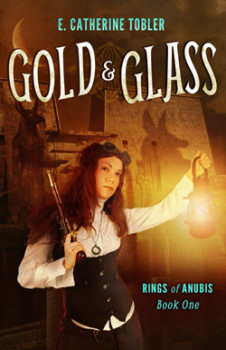

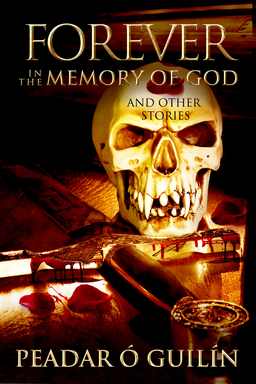
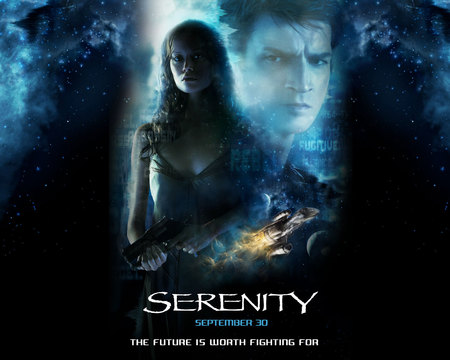

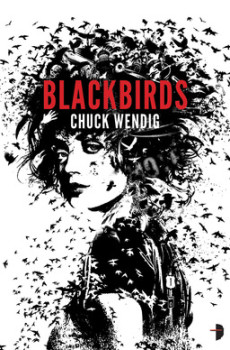
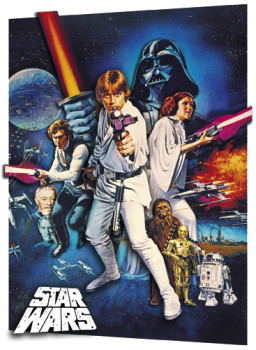

 A little while ago, I stumbled on a book that seemed especially worth writing about here: The City, by Stella Gemmell. It’s Gemmell’s first solo novel; she also completed Troy: Fall of Kings, the last book by her late husband, David. David Gemmell was a widely-known heroic fantasy writer — those unfamiliar with his work can see
A little while ago, I stumbled on a book that seemed especially worth writing about here: The City, by Stella Gemmell. It’s Gemmell’s first solo novel; she also completed Troy: Fall of Kings, the last book by her late husband, David. David Gemmell was a widely-known heroic fantasy writer — those unfamiliar with his work can see